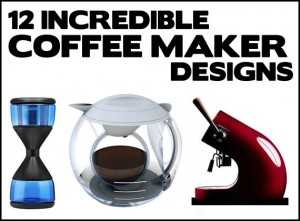Engineer Josh Anthony is spending his afternoon in the SharkNinja lab, testing the strength of coffee extraction. He’s experimenting with brewing measurements using the newly-released The Ninja Coffee Bar, a drip coffee maker made by the Newton-based housewares industry firm.
Anthony is part of the in-house design team that brought this kitchen appliances from a rough prototype to production line in just a few months.
Anthony spoke to Globe correspondent Cindy Atoji Keene about working in research and development to generate new innovative consumer products.
“You’ve probably heard of Shark vaccums or Ninja blenders. But a lot of people don’t realize that the concept for many of these household brands begins right here. While SharkNinja – formerly called Euro-Pro – makes a growing line of products such as steam mops and garment steamers, we didn’t have any entries in the coffee machine market.
The technology for drip coffee makers seemed stagnant, despite a lot of movement with the single-serve brewing systems. When I came on board, we were looking at specialty coffees such as iced coffee and how to concentrate the coffee to offset the dilution caused by melting ice.
I immersed myself in coffee culture and history and best practices for brewing coffee; there was a lot of testing and trial and error.
The company had never done a coffee maker before so we didn’t know what challenges we would encounter. We started with a few concepts; some of these early prototypes might be just pieces of plywood bolted together with pieces of aluminum and plastic but the boiler and tubing were in the right places.
Even small sub-assemblies are tested, like the small arm that pivots down to hold the mug so it can brew.
What looks good? What holds up in stress testing? What happens if coffee is poured on it?
We didn’t want to just make the cheapest or prettiest coffee maker but to change way that people brew coffee at home. Once we tooled up the design, we communicated it to the manufacturing team overseas in China.
I also spent a lot of time there, about two weeks out of every month for a better part of a year. And 21/2 years after conception, we had it on the retail shelves, which is almost unheard of.
I was not a coffee drinker before embarking on this launch, but now I drink two cups a day and have found a true love for Ethiopian coffee beans. The machine in my kitchen is a pre-production sample but still when I use it, I take off my engineering hat and become a coffee consumer”.















